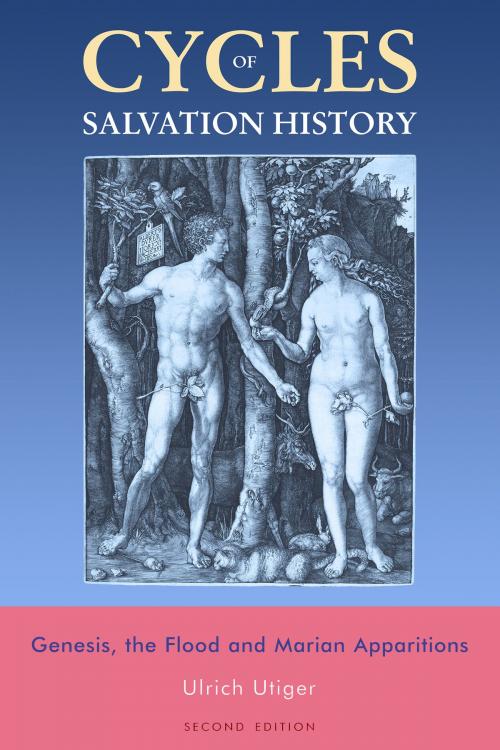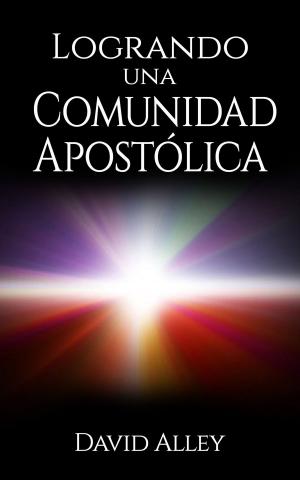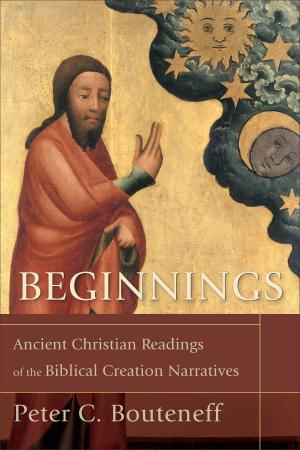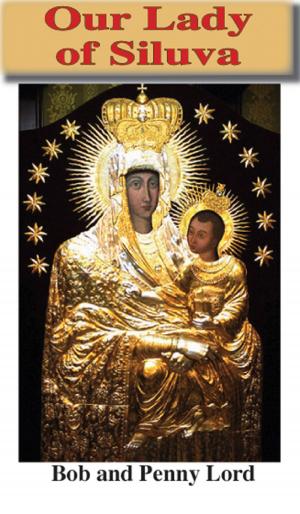Cycles of Salvation History: Genesis, the Flood and Marian Apparitions
Nonfiction, Religion & Spirituality, Theology, Christianity| Author: | Ulrich Utiger | ISBN: | 9781301011926 |
| Publisher: | Ulrich Utiger | Publication: | June 20, 2013 |
| Imprint: | Smashwords Edition | Language: | English |
| Author: | Ulrich Utiger |
| ISBN: | 9781301011926 |
| Publisher: | Ulrich Utiger |
| Publication: | June 20, 2013 |
| Imprint: | Smashwords Edition |
| Language: | English |
The Bible is a historical book from the start to the end written by generations of authors covering centuries of history. This is why all answers the Bible offers to questions regarding salvation and Christian faith must be understood within the entire context of salvation history.
The creation of the world and early humanity according to the book of Genesis is the beginning of salvation history. One may argue that Genesis is only relevant to questions of faith. However, as a safe and reliable source of information regarding faith, Genesis must also withstand a comparison with modern science. This issue is discussed in the first part of the present book.
After the creation of the world, salvation history is restricted to the patriarchs, followed by the history of Israel, the first Christians and the primitive Church. At a later time, it includes the history of Christianity joining contemporary history as well as a near and distant future described by the prophetic biblical accounts.
It can be shown that salvation history is recurring through cycles composed of four typical phases based respectively on initial integrity (peace), followed by transgression (sin), leading to suffering (judgment) and finally calling for salvation (return to peace). These cycles of salvation history are recapitulated in the second part.
A recurring salvation history implies, for instance, that there is not only one flood but several. This is why the long patriarchs’ ages have several meanings as well. As a consequence, they not only allow to calculate the classical creation dates but also timelines that accord with the scientific fossil record of modern humans and even the Neanderthals.
Other issues related to the Genesis vs. science debate, the Daniel and Revelation eschatology, and a lot of other important mysteries can be explained through a recurring salvation history. In particular, Marian apparitions make part of a special phase of the recurring cycles, which is presented in the third part.
The Bible is a historical book from the start to the end written by generations of authors covering centuries of history. This is why all answers the Bible offers to questions regarding salvation and Christian faith must be understood within the entire context of salvation history.
The creation of the world and early humanity according to the book of Genesis is the beginning of salvation history. One may argue that Genesis is only relevant to questions of faith. However, as a safe and reliable source of information regarding faith, Genesis must also withstand a comparison with modern science. This issue is discussed in the first part of the present book.
After the creation of the world, salvation history is restricted to the patriarchs, followed by the history of Israel, the first Christians and the primitive Church. At a later time, it includes the history of Christianity joining contemporary history as well as a near and distant future described by the prophetic biblical accounts.
It can be shown that salvation history is recurring through cycles composed of four typical phases based respectively on initial integrity (peace), followed by transgression (sin), leading to suffering (judgment) and finally calling for salvation (return to peace). These cycles of salvation history are recapitulated in the second part.
A recurring salvation history implies, for instance, that there is not only one flood but several. This is why the long patriarchs’ ages have several meanings as well. As a consequence, they not only allow to calculate the classical creation dates but also timelines that accord with the scientific fossil record of modern humans and even the Neanderthals.
Other issues related to the Genesis vs. science debate, the Daniel and Revelation eschatology, and a lot of other important mysteries can be explained through a recurring salvation history. In particular, Marian apparitions make part of a special phase of the recurring cycles, which is presented in the third part.















